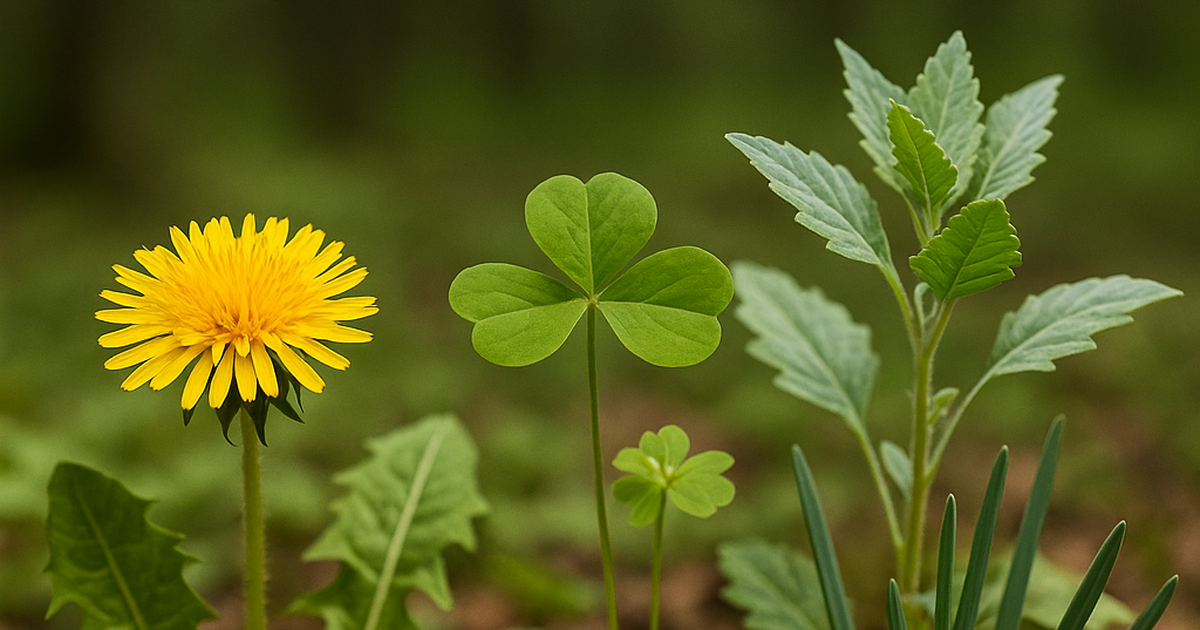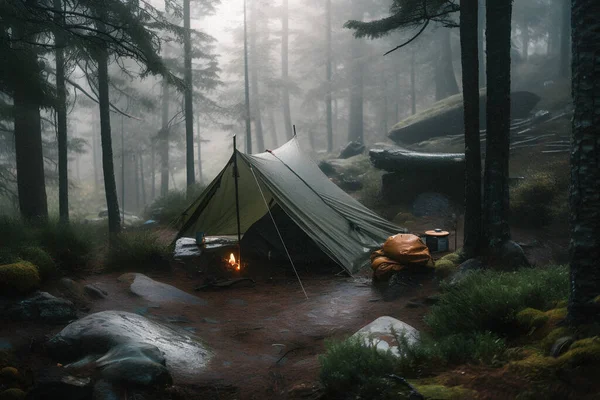5 Wild Edible Plants You Can Forage Today
Learn how to identify, harvest, and safely enjoy common wild edibles across the U.S.
This post contains affiliate links. I may earn a small commission at no extra cost to you. Learn more.
Nature provides — if you know what’s edible. These foraging basics are part of the 100 Forgotten Survival Skills That Could Save Your Life collection of ancestral know-how.
When you’re off-grid or in a survival situation, nature can provide more than shelter—it can feed you. These wild edible plants are easy to identify, safe to eat, and can be found in most regions. Whether you’re hiking, prepping, or just want to reconnect with nature, this guide will show you 5 plants you can safely forage today.
Quick-Start Foraging Safety Code
-
Positive ID only. If you’re not 100% sure, don’t eat it.
-
Smell test for alliums: every part must smell like onion/garlic or walk away (death camas & star-of-Bethlehem lookalikes do not).
-
Avoid dirty ground: skip roadsides, sprayed lawns, industrial sites, and dog-run zones.
-
Harvest light: take ≤10% of any patch; never dig roots of rare plants.
-
Try small first: new foods = small portion, wait 24 hours.
-
Kids/pets: extra caution; tiny bodies, bigger risk.
Minimal Foraging Kit
Knife or shears • small trowel • nitrile gloves • brown paper bags • permanent marker • soft brush • squeeze bottle of water • phone + offline plant guide • zip ties (tag your finds) • alcohol wipes.
| Plant | Habitat | Season (best eat) | Quick ID |
|---|---|---|---|
| Dandelion (Taraxacum officinale) | Lawns, trails, open ground | Early spring–fall (young least bitter) | Basal rosette; hollow leafless stalk; milky sap |
| Lamb’s Quarters (Chenopodium album) | Gardens, disturbed soil | Late spring–frost | Diamond “goosefoot” leaves; mealy/powdery coating |
| Chickweed (Stellaria media) | Cool, moist shade | Fall–spring | Tiny white “star” flowers; single line of hairs on stem |
| Wood Sorrel (Oxalis spp.) | Forest edges, lawns | Spring–fall | Heart-shaped leaflets in threes; lemony taste |
| Wild Garlic/Onion (Allium spp.) | Yards, fields, edges | Fall–spring (leaves) | Onion/garlic smell from every part |
🌼 Dandelion (Taraxacum officinale)
How to Identify: Basal rosette; deeply toothed leaves that point toward the root; single hollow leafless stalk per flower; bright yellow composite flower; milky latex in stem.
Where/when: Lawns, pastures, trails, gravel lots. Best eating: early spring leaves; roots sweetest in late fall.
Lookalikes (and fixes):
-
Cat’s ear / false dandelion (Hypochaeris radicata): hairy leaves and branched, leafy flower stems → still edible, just tougher.
-
Sow thistle (Sonchus spp.): leaves grow on a hollow branching stem with multiple flowers → not a true rosette.
-
Rule: true dandelion = one flower per hollow stalk from a basal rosette.
Harvest: Pinch young inner leaves; for roots, use a dandelion fork and pry the taproot intact. Buds (tight, green) are best for pickling. Avoid sprayed lawns and dog zones.
Prep & uses:
-
Salad: young leaves with oil+vinegar+salt; bitterness = normal.
-
Blanch to tame bite: 1–2 min boil, shock cold, then sauté.
-
“Coffee”: scrub/slice roots; roast at 375°F / 190°C ~25–35 min until chocolate brown; grind and brew.
-
Pickled “capers”: flower buds in 1:1 vinegar/water brine, 1 tsp salt per cup.
Nutrition: A, C, K, minerals; prebiotic fiber (inulin) in roots.
Safety: Latex can irritate; bitterness spikes in summer—cook it. Don’t eat from contaminated soils/rights-of-way.
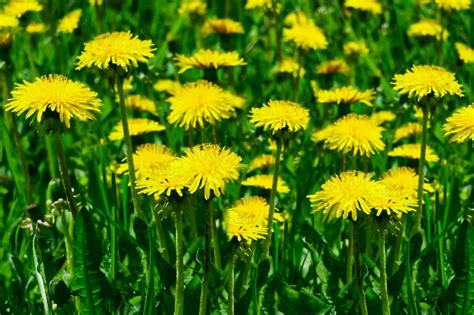
🌿 Lamb’s Quarters (Chenopodium album)
How to Identify: Diamond/“goosefoot” leaves often dusted with a mealy/powdery bloom (esp. undersides/new growth); green ridged stems; basal branching. Rub a leaf—feels silky.
Where/when: Garden edges, compost piles, disturbed soil. Best eating: late spring → frost; harvest tender tops.
Lookalikes:
-
Black nightshade (Solanum nigrum): lacks mealy bloom; has white star flowers and green→black berries—avoid unless you know it well.
-
Pigweeds/Amaranths (Amaranthus spp.): thicker stems, no powdery coating.
-
Fix: the mealy bloom is your tell.
Harvest: Pinch the top 4–6 in (10–15 cm); it regrows. Rinse grit thoroughly.
Prep & uses:
-
Sauté/steam like spinach.
-
Blanch 1–2 min to mellow oxalates; squeeze dry, then stir-fry with wild onion.
-
Dry & powder for “wild greens” soup/stew thickener.
-
Seeds: late season, strip seed heads; dry and winnow—use like tiny quinoa.
Nutrition: Exceptional for a wild green—protein, A, C, K, calcium, iron.
Safety: Oxalates/nitrates can concentrate in heavily fertilized soils—blanch if sensitive; skip polluted sites.
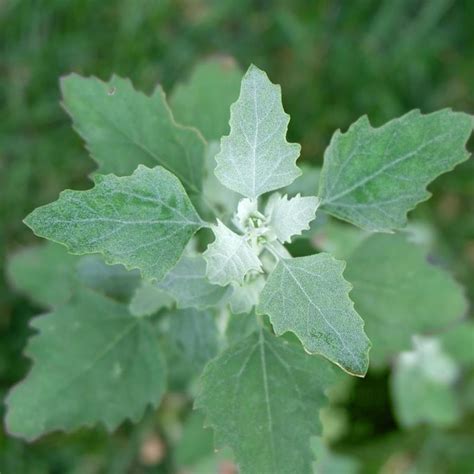
🌱 Chickweed (Stellaria media)
How to Identify: Small white flowers that look like 10 petals but are 5 deeply notched; opposite leaves; and a single line of hairs running down one side of the weak stem (switches sides at each node).
Where/when: Cool, moist shade—garden beds, forest edges. Best eating: fall → spring; fades in heat.
Lookalikes:
-
Scarlet pimpernel (Anagallis arvensis, toxic): orange/red flowers, no hair line.
-
Spurge (Euphorbia spp., toxic): milky sap; different architecture.
-
Fix: Confirm hair line + white starry flowers + no milky sap.
Harvest: Snip the top 3–4 in (7–10 cm) with scissors; avoid muddy stems. Use promptly—wilts fast.
Prep & uses:
-
Raw: crisp, mild salad green; great with lemon/oil.
-
Pesto: chickweed + lamb’s quarters (blanched) + oil + seeds/nuts + garlic + lemon.
-
Topical: classic cool poultice for minor scrapes/itch (don’t rely on it for serious wounds).
Nutrition: Vitamin C, minerals; hydrating.
Safety: Contains saponins—fine in normal food amounts; cook if you have a sensitive stomach.
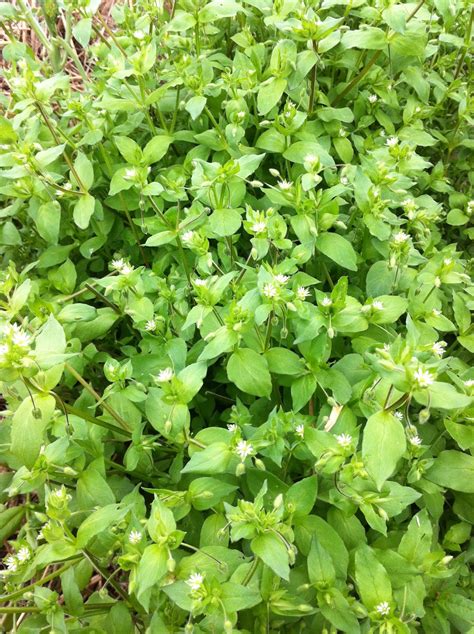
🌸 Wood Sorrel (Oxalis spp.)
How to Identify: Clover-like, but each leaflet is heart-shaped; leaves fold at night or in harsh sun; small yellow or white flowers; lemony, tart taste.
Where/when: Shaded lawns, paths, forest edges. Best eating: spring–fall; use as a garnish, not a bowlful.
Lookalikes:
-
Clover (Trifolium spp.): rounder leaflets with a pale chevron; not tart.
-
Fix: Taste a tiny bit—bright lemon = sorrel.
Harvest: Pick clean leaves/flowers; skip dusty roadside patches.
Prep & uses:
-
“Trail lemonade”: handful steeped cold 10–15 min; strain; sweeten.
-
Finishing herb: scatter on fish, soups, or salads for acid snap.
-
Tea: hot infusion; mild.
Safety: High oxalic acid—small amounts are fine; avoid large servings if you have kidney stone risk or need low-oxalate diets.
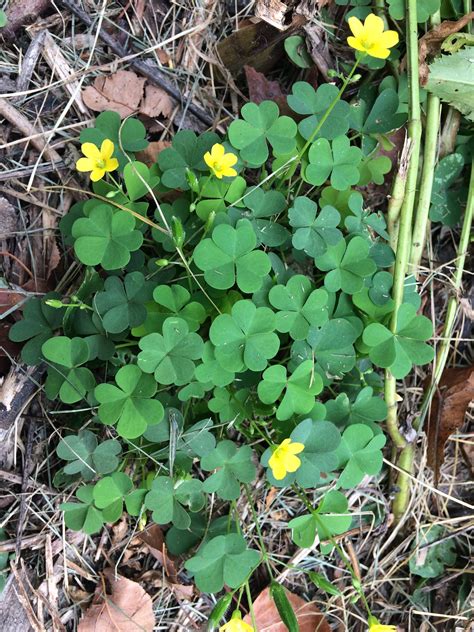
🌾 Wild Garlic / Wild Onion (Allium spp.)
How to Identify: Every part—leaf, bulb, stem—smells like onion/garlic. Onion leaves often hollow/round; many wild garlics have flat/solid leaves. Flower heads (umbels) white/pink/purple; some form little bulblets.
Where/when: Yards, fields, forest edges, even vacant lots. Best eating: leaves fall→spring; bulbs any time soil’s soft.
Lookalikes (dangerous):
-
Death camas (Toxicoscordion spp.), star-of-Bethlehem (Ornithogalum umbellatum), crow poison (Nothoscordum spp.) → no onion/garlic smell; lilioid flowers/leaves; toxic.
-
Rule that saves lives: If it doesn’t smell like onion/garlic, do not eat it.
Harvest:
-
Leaves: cut a few from each clump (don’t scalp).
-
Bulbs: loosen soil and lift like scallions; leave plenty to reseed.
-
Flower buds: pickle like capers.
Prep & uses:
-
Use leaves as chives/scallions; bulbs sautéed or roasted; buds pickled; toss into eggs, bannock, stews.
Safety: Alliums are toxic to pets—keep dogs/cats out of your basket. Avoid sprayed lawns/ditches.
Cleaning & Prep
-
Cold soak greens; swish; repeat until water runs clear.
-
Blanch oxalate-heavy greens (e.g., lamb’s quarters) 1–2 minutes; then sauté.
-
Dry & store in paper towels; eat within 48 hours.
-
Preserve: dehydrate greens into soup powder; pickle onion buds; roast dandelion roots and store dry.
Laws & Ethics
-
Private land: get permission—always.
-
National parks: foraging usually not allowed.
-
National forests/state lands: rules vary; many allow small personal harvest—check the local ranger district.
-
City/county parks: often prohibited; read posted rules.
-
Take ≤10% of any patch; don’t uproot perennials unless it’s legal and sustainable.
Simple Camp Recipes
-
Chickweed Pesto: 2 cups chickweed, 1 cup lamb’s quarters (blanched), ¼ cup oil, 1 clove wild garlic, lemon, salt.
-
Wood-Sorrel Lemonade: handful leaves steeped cold 10–15 minutes; strain; sweeten.
-
Wild Onion Butter: 2 tbsp minced wild onion + 4 tbsp softened butter; salt; smear on bannock or fish.
-
Dandelion Fritters: flower heads in thin batter; pan-fry; drizzle honey.
Foraging is only one piece of the puzzle. Discover the other 99 lost skills that turn survival into second nature in 100 Forgotten Survival Skills That Could Save Your Life.
FAQs
Is wood sorrel safe to eat?
Yes in small amounts. It’s high in oxalic acid; avoid large portions if you have kidney stone risk.
How do I tell wild onion from poisonous lookalikes?
Every part must smell like onion/garlic. If there’s no onion smell, do not eat it.
Can I eat dandelion raw?
Yes. Young spring leaves are least bitter. Older leaves are better cooked.
What if I’m not 100% sure on ID?
Skip it. Take photos, note habitat, and confirm later with a local expert or a trusted field guide.
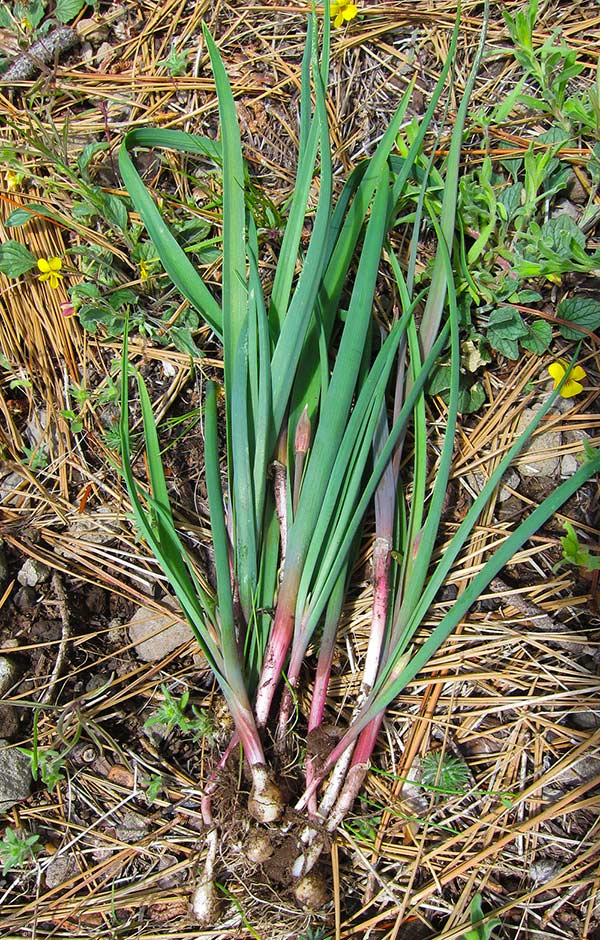
📚 Further Reading
📘 Recommended Foraging Book
If you’re ready to take your foraging skills to the next level, we recommend:
The Complete Guide to Edible Wild Plants
Written by the U.S. Department of the Army, this guide is trusted by preppers, outdoorsmen, and survivalists. It covers 100+ edible plants with identification tips, preparation methods, and warnings about toxic lookalikes. Ideal for beginners and experienced foragers alike.
🚫 Foraging & Safety Disclaimer
Disclaimer: The information in this post is for educational purposes only and is not intended as medical advice. Always consult a qualified professional or local foraging expert before consuming any wild plant. Proper identification is essential — many edible plants have toxic look-alikes. TheSavvySurvivalist.com assumes no responsibility for any adverse effects resulting from foraging or consuming wild plants. Respect local laws and protected lands when foraging.

